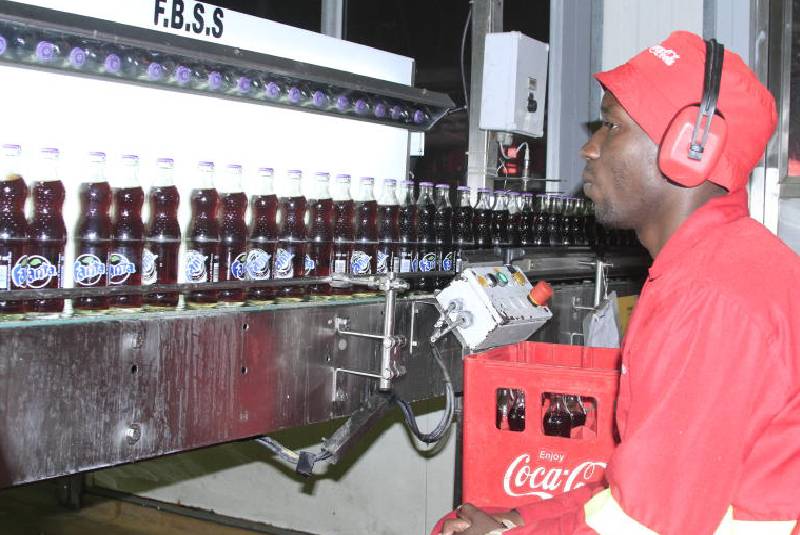×
The Standard e-Paper
Kenya’s Boldest Voice

A section of Coca-cola manufacturing plant in Nairobi on October 24, 2018 [David Njaaga, Standard]
The blazing, churning automatic machines inside Kenya’s oldest glass manufacturing company could grind to a halt and with it hundreds of jobs lost.